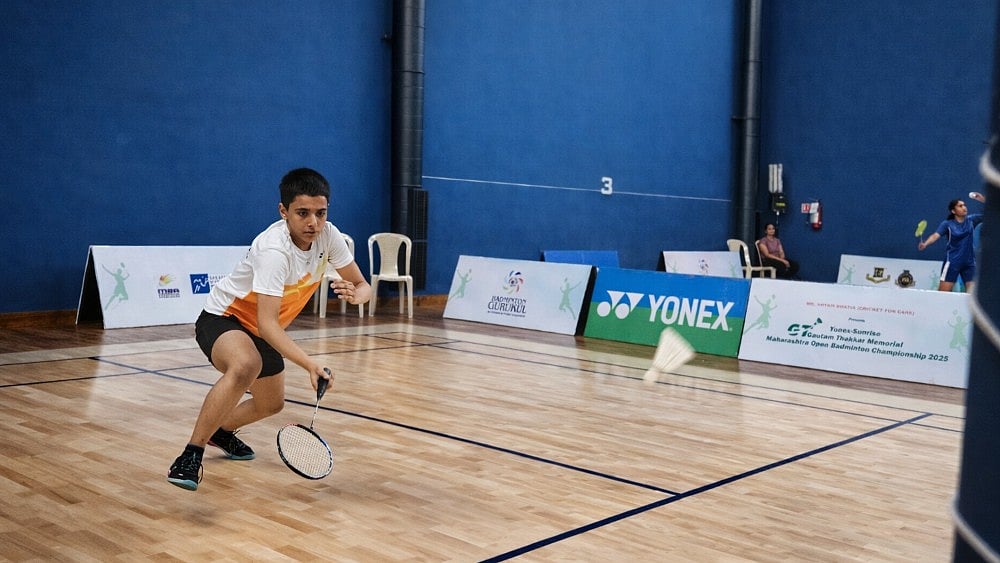The history of Indian aviation is an awe-inspiring saga of determination, innovation, and remarkable achievements. Over the years, the Indian aviation industry has witnessed numerous milestones that have transformed the way people travel and connect within the country and beyond.
From humble beginnings to becoming the world’s third-largest domestic aviation market after the US and China, India has overcome challenges and achieved remarkable feats. India’s domestic air passenger traffic grew at a compound annual growth rate (CAGR) of around 12% between 2010 and 2019, reaching approximately 341 million passengers in 2019. Post Covid numbers are looking bright again, and analysts are hoping, we would surpass them in 2023.
On February 18, 1911, India’s aviation journey took flight when a French pilot, Henri Pequet, piloted the first commercial aircraft from Allahabad to Naini. The journey covered 10 kilometres and lasted a mere 23 minutes.
On October 15, 1932, J.R.D. Tata founded Tata Airlines, which later became Air India. It was the first Indian airline to operate regular mail and passenger services within the country. Air India played a pivotal role in connecting various parts of the country and promoting tourism and trade. It went on to become the flag carrier of India and played a significant role in shaping the Indian aviation industry.
In 1953, the Government of India nationalised the airline industry, leading to the establishment of Indian Airlines. This move aimed to consolidate the aviation sector and provide better services to the public. Indian Airlines became the primary domestic carrier, ensuring connectivity to various regions of the country. The introduction of jet aircraft in the 1960s revolutionised air travel in India. Indian Airlines introduced the Boeing 707 jetliner, which enabled faster and more comfortable journeys, reducing travel times significantly.
The 1990s witnessed a significant milestone in Indian aviation with the introduction of economic reforms. The government liberalised the sector in 1994, allowing private airlines to enter the market. This decision led to the emergence of airlines such as Jet Airways, SpiceJet, and IndiGo, which brought competition, improved services, and expanded connectivity. This period also saw a significant focus on airport infrastructure development.
Modernisation projects were initiated at major airports like Delhi, Mumbai, Chennai, and Kolkata, improving facilities, runway capacity, and overall passenger experience. The entry of low-cost carriers (LCCs) revolutionised the Indian aviation landscape. This shift made air travel accessible to a wider segment of the population, fuelling the growth of domestic air traffic. The rise of LCCs also led to enhanced competition among airlines, resulting in improved service quality, increased connectivity, and competitive pricing.
In 2020, the Government of India launched the Regional Connectivity Scheme (RCS) known as UDAN (Ude Desh Ka Aam Nagrik) to enhance air connectivity to remote and underserved regions, promoting regional economic growth. To support the growing demand for air travel, India invested significantly in expanding its aviation infrastructure.
The modernisation and development of airports across the country played a crucial role in accommodating the surge in passenger traffic. The number of operational airports in India increased from 50 in 2000 to over 140 in 2021, improving regional connectivity and accessibility.
Air India was privatised in January 2022, when the government sold 100% of the company along with its subsidiary Air India Express to the Tata Group. This was the first major privatisation of a state-owned enterprise in India since 2003.
Air India finalised a massive order for 470 planes from Airbus and Boeing cementing India’s dominance at the 2023 Paris Air Show. The deal, which was first announced in February 2023, is the second-largest plane order by number of aircraft in history.
It was surpassed on the first day of the air show by Indian rival IndiGo’s order for 500 Airbus narrowbody jets. The Air India order includes a mix of narrowbody and widebody aircraft, with Airbus supplying 250 A320neo and A321neo planes and Boeing providing 220 737 MAX and 787 Dreamliner jets. The order is worth $70 billion at list prices, though airlines typically get discounts on big orders.
Not to be left behind, IndiGo, India’s largest airline, has placed a record order for 500 Airbus A320 aircraft. The deal, announced at the 2023 Paris Air Show, is worth an estimated $55 billion before any discounts.
The milestones achieved in Indian aviation reflect a remarkable journey of progress, innovation, and resilience. From the first Indian flight to the emergence of low-cost carriers, the industry has undergone transformative changes.
Today, India’s aviation sector is recognised globally for its impressive growth, connectivity, and efficiency. With increasing air travel demand and a rapidly expanding middle class, the industry is poised for further milestones that will shape the way Indians travel and connect in the years to come.










